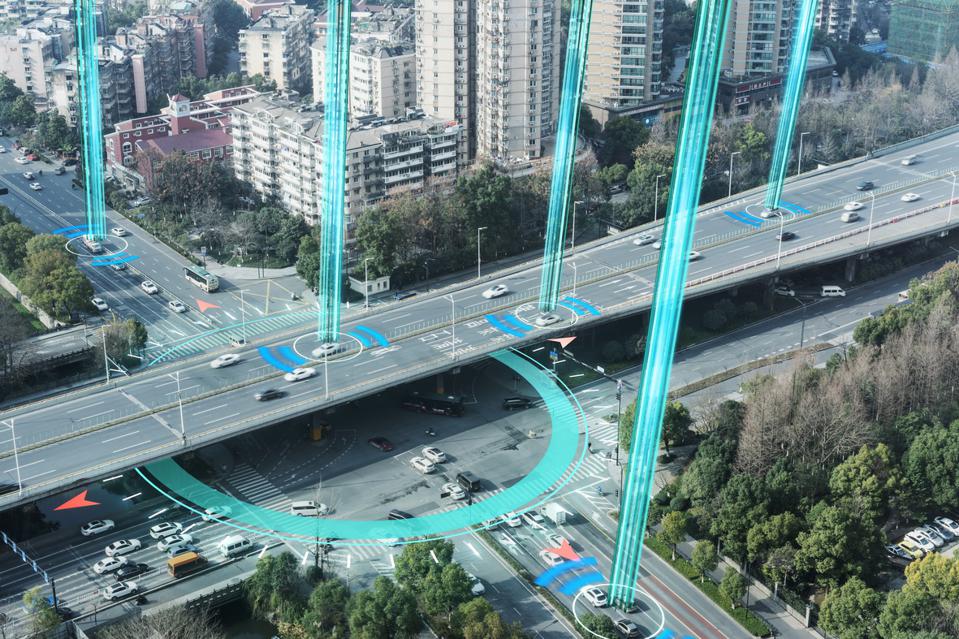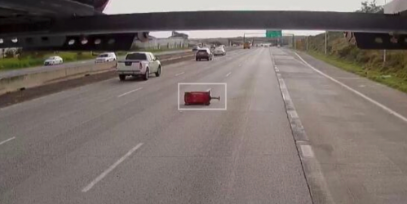
California Governor Gavin Newsom’s recent executive order signals California’s bold step towards embracing artificial intelligence as a transformative tool in state governance. Recognizing the state’s position as a global leader in AI innovation, Newsom’s directive underscores both the promise and potential risks associated with AI technology. With California at the forefront of generative AI advancements, the order prompts a reimagining of how state agencies can harness AI to address other pressing challenges, particularly in transportation infrastructure management.
In the realm of transportation, state and local agencies grapple with daunting obstacles in monitoring and maintaining road infrastructure. Manual inspections, the traditional approach, prove both time-consuming and costly, especially for agencies overseeing extensive geographical areas. Budget constraints further strain resources, making it imperative to explore innovative solutions.
Companies like Blyncsy offer a glimpse into the future of transportation infrastructure management with AI-driven solutions. By leveraging sophisticated algorithms to analyze crowd-sourced dash camera images, these technologies swiftly identify a myriad of road issues – from potholes and cracked pavement to damaged signs and malfunctioning street lights. This approach not only enhances the efficiency and accuracy of infrastructure monitoring but also empowers agencies to address problems proactively, mitigating potential risks before they escalate.
Governor Newsom’s executive order aligns seamlessly with California’s status as an AI innovation hub. With 35 of the world’s top 50 AI companies headquartered in the state, alongside renowned research institutions like UC Berkeley and Stanford University, California stands poised to lead the charge in AI adoption. Collaborative efforts between state agencies, academia, and industry players pave the way for successful AI implementations, exemplified by initiatives such as Blyncsy’s existing deployments in various states and cities.
However, amid the excitement surrounding AI’s potential, concerns loom large. Accuracy, privacy, and security emerge as critical considerations in the adoption of AI technology. Governor Newsom’s directive acknowledges these concerns, mandating reports to examine issues such as discrimination, data privacy violations, and transparency in AI-generated content. Such measures emphasize the state’s commitment to responsible AI deployment, ensuring that safety and accountability remain paramount.
Regulatory and legal considerations further shape California’s approach to AI adoption. Assembly Member Rebecca Bauer-Kahan’s bill targeting algorithmic discrimination underscores the state’s commitment to equitable AI deployment. By fostering an environment conducive to responsible AI innovation, California seeks to strike a delicate balance between technological advancement and ethical imperatives.
Budgetary constraints often serve as a deterrent to AI adoption, yet success stories coupled with Newsom’s encouragement offer a compelling case for investment. While no specific funding mechanisms are outlined, agencies are urged to approach AI implementation cautiously, weighing potential benefits against financial implications.
The benefits of AI technology in transportation management are widespread. Swift detection and resolution of infrastructure issues enhance road safety and optimize resource allocation, ensuring the efficient functioning of transportation networks. As the landscape of transportation management evolves, AI stands poised to play an increasingly pivotal role. With advancements in AI technology and continued collaboration between stakeholders, the future holds promise for transformative innovations.
Governor Newsom’s executive order marks a significant milestone in California’s journey towards harnessing AI for public sector applications. By recognizing AI’s potential and proactively addressing associated challenges, the state sets a precedent for responsible AI adoption. As transportation agencies similarly embark on the path towards AI-driven infrastructure management, they do so with the assurance that California stands at the forefront of innovation, and companies like Blyncsy are actively working to use innovation to create a safer and more equitable transportation network for all.
you may also like
The North Central Texas Council of Governments (NCTCOG) allocated funding to its member agencies
In a promising development for the safety and efficiency of North Central Texas roadways, the North Central…
Bentley Systems’ Acquisition of Blyncsy, Inc.: Paving the Way for a Digital and Autonomous Future
In the ever-evolving landscape of technology and innovation, strategic acquisitions often play a pivotal role in shaping…









